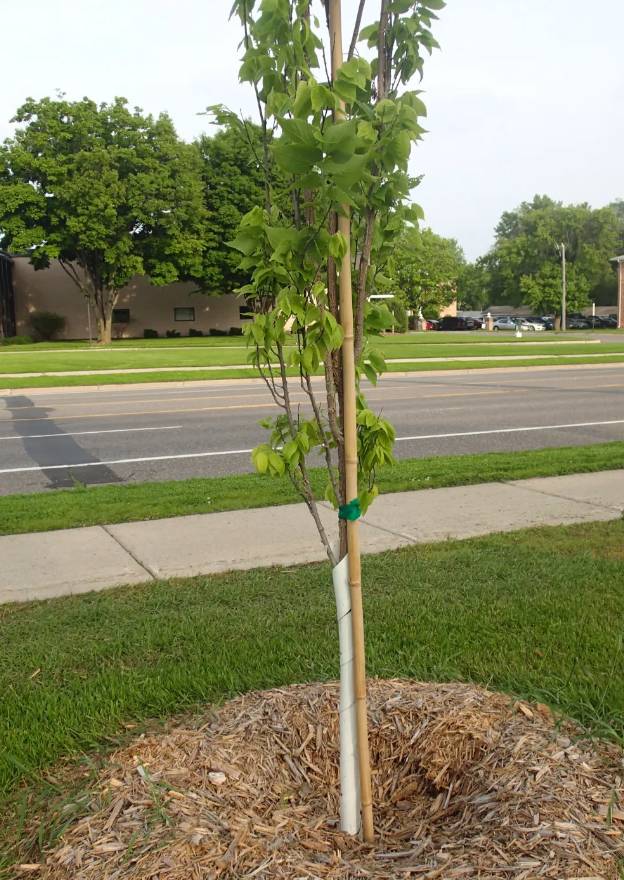Using Bamboo Stakes on Newly Planted Trees: A Guide to Stability and Growth
Gardening and tree planting are activities that not only beautify our surroundings but also contribute significantly to our environment. When it comes to nurturing young trees, ensuring they have the support they need to grow strong and healthy is paramount. One of the most effective methods to achieve this is through the use of bamboo stakes. This article delves into the why and how of using bamboo stakes for newly planted trees, offering a comprehensive guide to anyone looking to adopt this practice.

Why Use Bamboo Stakes?
Support and Stability
Newly planted trees, especially those in windy areas or with weak root systems, require support to remain upright. Bamboo stakes provide the necessary stability, preventing the trees from leaning or falling over as they grow.
Growth Guidance
In addition to support, bamboo stakes play a crucial role in guiding the vertical growth of young trees. By staking them, you can ensure that they grow straight up, which is essential for aesthetic reasons and the overall health of the tree.
Protection
Bamboo stakes also offer protection against external threats, such as animals that might gnaw on or push over the young tree. The presence of stakes can deter such activities, giving the tree a better chance at survival and growth.
Choosing the Right Bamboo Stakes
Size and Length
The size and length of the bamboo stakes you choose should correspond to the size of the tree and the depth of its root ball. Generally, the stake should be tall enough to reach the lower branches of the tree, providing ample support without restricting growth.
Quality
Not all bamboo stakes are created equal. Selecting high-quality, durable stakes is crucial as they will be exposed to various weather conditions. Look for stakes that are smooth, straight, and free of cracks or splinters to ensure they last and do not harm the tree.
Installing Bamboo Stakes
Positioning
Correctly positioning the bamboo stakes is vital. They should be placed in a way that does not damage the root ball and provides balanced support. For best results, stakes are usually placed a few inches away from the tree, angled slightly into the ground for stability.
Tying Techniques
Securing the tree to the bamboo stakes requires careful consideration. Using soft materials, such as tree ties or strips of cloth, can prevent damage to the tree's bark. The tie should be looped in a figure-eight configuration, allowing some movement while ensuring the tree is firmly supported.
Adjusting and Maintenance
As the tree grows, it will be necessary to adjust the ties and possibly reposition the stakes to accommodate its increased size. Regular checks will ensure the stakes continue to provide the intended support without hindering the tree's growth.
Alternatives to Bamboo Stakes
While bamboo stakes are a popular and environmentally friendly option, there are alternatives. Metal or plastic stakes can also be used, though they may not offer the same aesthetic or environmental benefits as bamboo.
Common Mistakes to Avoid
Avoid staking trees too tightly, as this can restrict growth and damage the bark. Also, leaving the stakes in place for too long can lead to dependency, where the tree does not develop the strength to stand on its own.
Conclusion
Bamboo stakes are an effective, sustainable choice for supporting newly planted trees. By choosing the right stakes, correctly installing them, and maintaining them as the tree grows, gardeners and landscapers can ensure their young trees have the best start in life, growing up strong, healthy, and straight.

